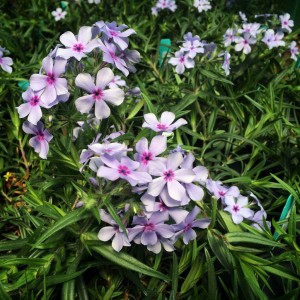 I like to feel I’m doing a good job of gardening to attract pollinators. At any rate, my home garden and the ‘Better Late Than Never’ garden across the street from Oak Street Garden Shop seem to have lots of bees, hummingbirds, and butterflies, so I must be doing something right, right??!!??
I like to feel I’m doing a good job of gardening to attract pollinators. At any rate, my home garden and the ‘Better Late Than Never’ garden across the street from Oak Street Garden Shop seem to have lots of bees, hummingbirds, and butterflies, so I must be doing something right, right??!!??
Researching pollinator gardening information for a garden talk and workshop recently, in the midst of wading through article after article (There are a lot of posts on honeybees and their decline, and numerous writings on attracting hummingbirds and butterflies to your garden.), I came to the conclusion that it basically boils down to this:
Your home and yard, garden, landscape, whatever you call the space that surrounds your home, is your personal ecosystem. The health of it and the pollinators that visit it depend on how you build your soil, what you plant, and how you choose to maintain it.
So my choices have been to try to have as diverse a plant pallette as possible (I admit, I’m a plantaholic. Who knew that would play right into gardening for pollinators?) and to eliminate pesticide use almost entirely. I’m gratified when I hear of others that are trying to do the same thing.
I use organic soil amendments like PlantTone and Annie Haven’s Moo Poo Tea, have learned to live with a few holes in leaves, let the ladybugs eat aphids (If they really get too bad, I wash them off with some soapy water.), and practice patience, knowing that most of the time an infestation of insects doesn’t last forever. I take great joy in bopping Japanese beetles off of my roses into a bucket of soapy water early in the morning when they’re most sluggish. I know each year they’ll be back – it’s just part of the garden’s cycle.
If you feel you have a large problem and must spray, start with the least toxic form of chemical control, and understand that even products labeled organic can be harmful to good bugs as well as bad. ***Always read the label and follow directions carefully!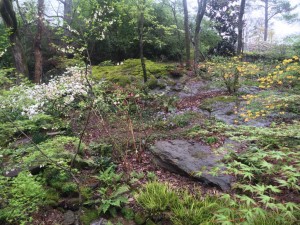
I’ve learned that planting large swaths of color will attract bees, and that they prefer blue, purple, white, and yellow. I’ve learned to grow a wide variety of plants, including plants with a scent, herbs in particular. I’ve learned that while double blooms on flowers are attractive to us, they’re not especially useful for pollinators, and that they much prefer single, simple blooms. I’ve learned that flowers that come back from seed that drops in the garden (zinnias, sunflowers, bachelor buttons, larkspur to name a few), perennials, and any of our native shrubs, trees, and wildflowers are preferable also.
Most importantly, I’ve learned that it’s not that hard, and actually quite a bit easier, to garden naturally. I have some clover in my grass. And you know what? It’s okay, because I have bees foraging it. Somewhere there’s some great honey in the making!
Our last average frost date is mid-April. In the coming weeks we’ll be stocking more and more plants for your pollinator gardens. Here are a few suggestions:
For Butterflies: Zinnias, Gomphrena, Pentas, Marigolds, Verbena, Asters, Yarrow, Butterfly Weed
For Bees: Purslane, Mexican Heather, Pentas, Sweet allysum, Bee Balm, Asters, Rudbeckia, Coneflower, Zinnia, Snapdragon, Sage, Basil, Rosemary, Agastache
For Hummingbirds: Cigar Plant, Salvias, Heat tolerant Fuschias, Agastache, Petunia, Hamelia, Lobelia, Bee Balm, Penstemon, Nasturtiums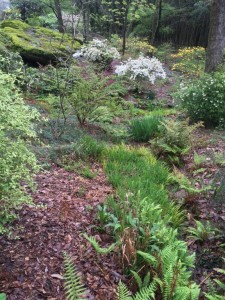
Host Plants For Caterpillars: Fennel, Parsley, Dill, Carrots, Zinnias, Viburnum, Oak Trees, Cosmos, Milkweed, hollyhocks
These lists are by no means exhaustive, but are meant to be a starting point for your pollinator garden. Some of these plants are best planted in the fall, while others are more heat tolerant.
*** Alabama’s watersheds, rich in animal and plant life, absorb the brunt of chemical and fertilizer runoff from homeowner and commercial pesticide and fertilizer application. Be mindful that what you (and your neighbors) put in the landscape can adversely affect these areas and the life in them.
By Kris Blevons

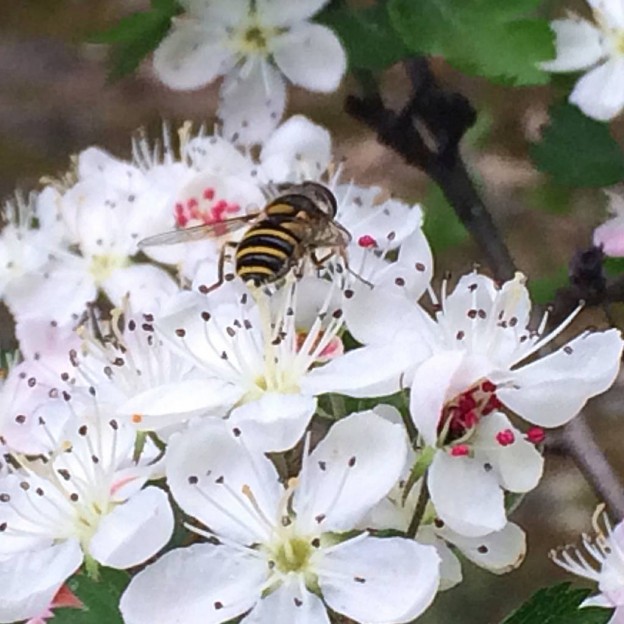
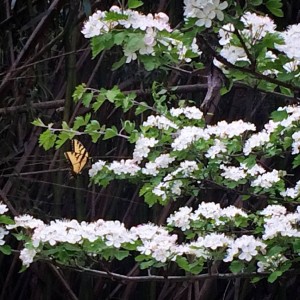
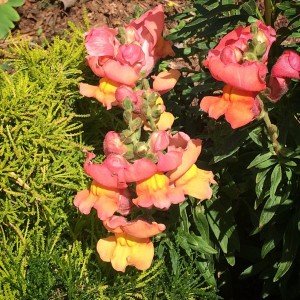
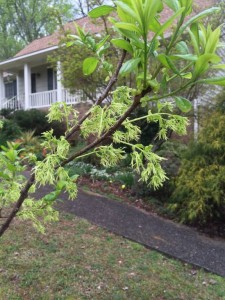

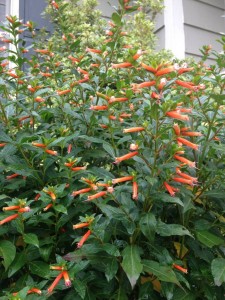
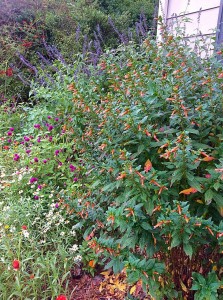 I will cut it back some if it gets too “leggy” looking in my front bed. You can alleviate this problem by placing it behind mid-height annuals like angelonia, some salvias, gomphrena, or even foliage plants like sun caladiums or coleus. So, get out in your garden and scout out a place that’s sunny, protected and within easy sight lines and try at least one cuphea so you can watch the hummers zinging by too. You won’t be sorry!
I will cut it back some if it gets too “leggy” looking in my front bed. You can alleviate this problem by placing it behind mid-height annuals like angelonia, some salvias, gomphrena, or even foliage plants like sun caladiums or coleus. So, get out in your garden and scout out a place that’s sunny, protected and within easy sight lines and try at least one cuphea so you can watch the hummers zinging by too. You won’t be sorry!